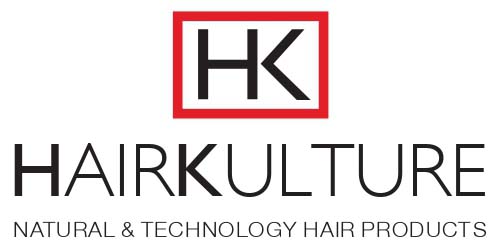
We talk a lot about stem cells, but do we know exactly what they are? Let's learn more about them....
Stem cells are primitive cells, not yet specialized, from which all other cells that make up different organisms, both animal and plant, originate. They can generate cells identical to the original ones, thus remaining stem cells, or they can reproduce specialized cells for the performance of a particular function. They are widely used in the pharmacological field to fight various diseases such as cancers and leukemia, but also in the cosmetic field to ward off old age as much as possible.
There are two types of stem cells: human and plant.
In cosmetics, the latter are used because they possess properties that make them much more versatile and harmless than animal ones, the handling of which, on the other hand, is still very difficult.
The areas from which such cells are obtained depend on the type of plant being considered. Indeed, the extraction may involve the shoots, the roots, or even the fruit itself (especially red fruits); it is the individual researchers who, from time to time, must find the best part from which to extract the cells in question.
Types of plants subject to extraction include edelweiss, butterfly tree (Buddleja), blueberry, raspberry, and SWISS APPLE (Malus domestica).
The latter turns out to be not only the most famous but, by cause-effect relationship, the oldest. In fact, it was already known as far back as the 18th century for its exceptional storage capacity. In fact, thanks to its rich phytonutrient and protein content, it could last the entire winter season without rotting!
Malus domestica belongs to a rare Swiss variety called the Uttwiler Spätlauber, which is registered as a protected species because, in addition to its aforementioned remarkable preservation capabilities, it appears to be an endangered variety of apple tree, with only a few remaining in the world.
Even once differentiated, Malus domestica plant stem cells retain pluripotency and can therefore take on a variety of tasks. Due to the high concentration of tannic acid, a chemical found in plant extracts, they are able to interact with cells in the human body.
In this regard, by entering into symbiosis with dermal cells, they stimulate fibroblasts, thus activating the biochemical processes responsible for complete skin regeneration and the formation of collagen and elastin and promoting a visible and appreciable antiaging effect. Wrinkles are more relaxed, skin vitality markedly improved and, in general, aging slowed.
Last but obviously not least, active apple plant stem cells exert a marked regenerating and reactivating action on the hair follicle, stimulating hair regrowth and curbing hair loss. Indeed, they delay the physiological aging of hair follicles, which are a veritable reservoir of skin stem cells, and their subsequent programmed cell death.
Is it clear now why this little apple is so precious?





